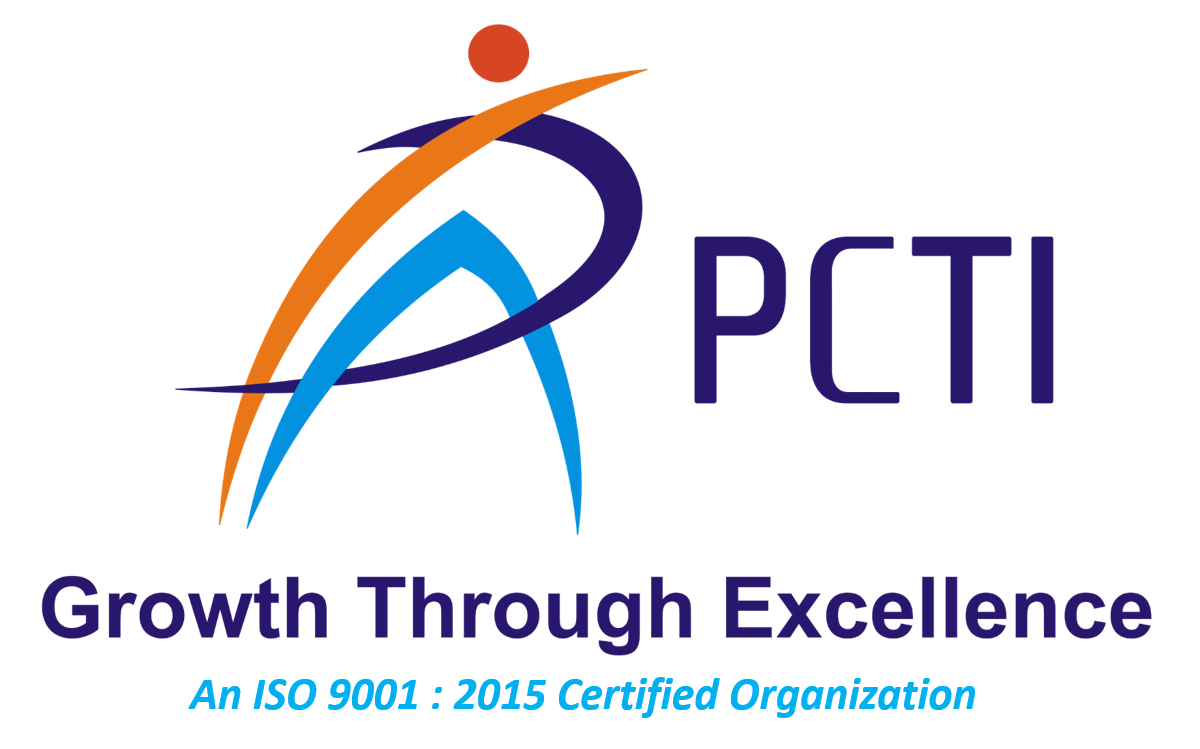Description
Advanced Java is everything that goes beyond Core Java – most importantly the APIs defined in Java Enterprise Edition, includes Servlet programming, Web Services, the Persistence API, etc. It is a Web & Enterprise application development platform that basically follows client & server architecture.
Syllabus
- Unit-1 Core Java-Introduction to Java technology
- Java programming basics
- JVM, JRE, JDK
- Java Data Types and Primitive Types
- Control Structures
- Unit-2 Java Arrays
- Creating Classes
- Packages
- Inheritance
- Polymorphism
- Exception handling
- Unit-3 Java Collections Framework
- GUI programming
- Stream I/O and Serialization
- Java Networking API
- Java Multi-Threading
- JDBC
- Database basics
- Driver Types
- Unit-4 The Collection Framework
- Collections of Objects
- Collection Types
- Sets
- Map
- Hashing
- Use of Array List & Vector
- Unit-5 Networking Basics
- Client-Server Architecture
- Networking Classes and Interfaces
- Socket Overview
- Unit-6 Database Programming using JDBC
- Introduction to JDBC
- JDBC Drivers & Architecture
- CURD operation Using JDBC
- Unit-7 Web Technologies
- Introduction to HTML 4/5 HTML Tags
- Creating Forms
- Creating tables
- Managing home page
- Unit-8 CSS, JavaScript, JQuery
- Introduction to CSS
- Three ways to use CSS
- CSS Properties
- Designing website
- Working with Templates
- Introduction to Javascript
- Three ways to use Javascript
- Functions, Loops, Popup Boxes, Events, Exception,
- Array, Validations
- Working with events
- Client-side Validation
- Introduction to JQuery
- Validation using JQuery
- JQuery Forms
- Unit-9 Introduction to AJAX
- AJAX Components
- HTML & CSS, JavaScript & DOM
- Server Side Code
- AJAX - JSP Application
- Ajax with Servlet and JSP
- Unit-10 JSP Architecture
- Life Cycle of JSP (Translation, compilation)
- JSP Tags and Expressions
- JSP with Java Bean
- Unit–11 Enterprise Beans
- Enterprise Bean
- Session Bean
- Entity Bean
- Message-Driven Bean
- Client Access with Interfaces
- The Contents of an Enterprise Bean
- Unit-12 JSP Technologies
- Java Server Pages Technology
- The Life Cycle of a JSP Page
- Translation and Compilation
- Creating Static Content
- Response and Page Encoding
- Creating Dynamic Content
- Using Objects within JSP Pages
- Expression Language
- Deactivating Expression Evaluation
- Implicit Objects
- Literals & Operators
- Reserved Words
- JavaBeans Components
- Reusing Content in JSP Pages
- Transferring Control
- Unit-13 JSP with Database
- Role of JSP in MVC-2
- JSP with Database
- JSP Implicit Objects
- Tag Libraries
- JSP Expression Language (EL)
- Using Custom Tag
- JSP Capabilities
- Exception Handling
- Session Management
- Directives
- Unit-14 JSTL-JSP
- Custom Tags in JSP Pages
- What Is a Custom Tag?
- Types of Tags
- Tags with Attributes
- Tags with Bodies
- Tag Library Descriptors
- Including Tag Handlers in
- Java Bean
- Helper Classes
- Creating the Application
- Stateless Session Bean
- Implementation Class
- Bean Managed Persistence
- Entity Bean Class
- Home Interface
- Remote Interface
- Mapping Table Relationships
- One-to-One Relationships
- One-to-Many Relationships
- Many-to-Many Relationships
- Keys -Normalization
- Container Managed Persistence
- Method Invocations
- Building and Running
- Creating the Database Tables
- Creating the Data Source
- Capturing the Table Schema
- Building the Enterprise Beans
- Message Driven Bean
- The Application Client
- The Message-Driven Bean Class
- Advanced Enterprise Beans
- EJB: Query Language
- Java Message Service API
- Basic JMS API Concepts
- JMS API Architecture
- The JMS API Programming Model
- Administered Objects
- Connections
- Sessions
- Message Consumers

